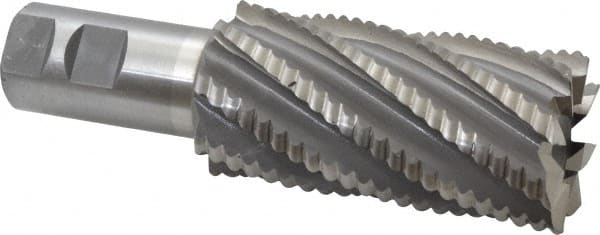nerdyrcdriver
Aluminum
- Joined
- Apr 2, 2017
Not sure if this is the best forum section for this thread, but it didn't seem to fit into the fabrication section much better.
I am on a college SAE Baja team. We do a lot of pipe notching making our frame.We would like to do it in a more efficient and safer way.
Our current method is to clamp each member in the vise on the mill and then feed the quill down by hand using what I can best describe as a ball nose insert endmill. I can't find anything like it online, but I will post pics when I can. This generally leads to acceptable results but is very time consuming for anything besides 90 degree joints. Plus there is a ton of chatter no matter what speed it is done at (expected when plunge cutting with an endmill). I don't feel comfortable pawning this task off on most people because our quill doesn't have a return spring so it will just fall if you don't lock it down tight. Which could lead to personal injury and equipment damage.
Some of the more complicated joints are just done by hand with an angle grinder and precision guess work.
We have looked at products like the notchmaster and eastwood pipe notcher, but just don't know if they will hold up. Hole saws don't get along with our 4130 thin wall chromoly very well.
Unfortunately we have almost no money to work with and the best we could get out of either of those companies for sponsorship was 10% off.
What other options are out there on a budget? Are there any companies that are worth reaching out to for potential sponsorships? We don't need the latest and greatest shiny machine. Most of our equipment is from the 60s-90s and still running strong (with the expected backlash and scars from student misuse).
I am on a college SAE Baja team. We do a lot of pipe notching making our frame.We would like to do it in a more efficient and safer way.
Our current method is to clamp each member in the vise on the mill and then feed the quill down by hand using what I can best describe as a ball nose insert endmill. I can't find anything like it online, but I will post pics when I can. This generally leads to acceptable results but is very time consuming for anything besides 90 degree joints. Plus there is a ton of chatter no matter what speed it is done at (expected when plunge cutting with an endmill). I don't feel comfortable pawning this task off on most people because our quill doesn't have a return spring so it will just fall if you don't lock it down tight. Which could lead to personal injury and equipment damage.
Some of the more complicated joints are just done by hand with an angle grinder and precision guess work.
We have looked at products like the notchmaster and eastwood pipe notcher, but just don't know if they will hold up. Hole saws don't get along with our 4130 thin wall chromoly very well.
Unfortunately we have almost no money to work with and the best we could get out of either of those companies for sponsorship was 10% off.
What other options are out there on a budget? Are there any companies that are worth reaching out to for potential sponsorships? We don't need the latest and greatest shiny machine. Most of our equipment is from the 60s-90s and still running strong (with the expected backlash and scars from student misuse).



 When I was building cars I often did easy joints this way because it was faster to hold it in one hand over my knee and grind with the other than to walk back and forth to a machine. Having a swivel head vise bolted to something heavy right next to your work will help a lot. Get silver artist's pencils to draw the shape of the notch on the tube while you hold it in place. You can rough off the majority of the unneeded material with a chop saw or bandsaw. Cutting paper towel rolls with scissors can provide you with a template to follow. Cheating alert - If you have mirror image joints, once you have one side done, wrap a piece of paper around the tube and trace the end of the notch on the paper. Then unwrap the paper and reverse it around the opposite side tube, and draw it on with the silver pencil.
When I was building cars I often did easy joints this way because it was faster to hold it in one hand over my knee and grind with the other than to walk back and forth to a machine. Having a swivel head vise bolted to something heavy right next to your work will help a lot. Get silver artist's pencils to draw the shape of the notch on the tube while you hold it in place. You can rough off the majority of the unneeded material with a chop saw or bandsaw. Cutting paper towel rolls with scissors can provide you with a template to follow. Cheating alert - If you have mirror image joints, once you have one side done, wrap a piece of paper around the tube and trace the end of the notch on the paper. Then unwrap the paper and reverse it around the opposite side tube, and draw it on with the silver pencil.




